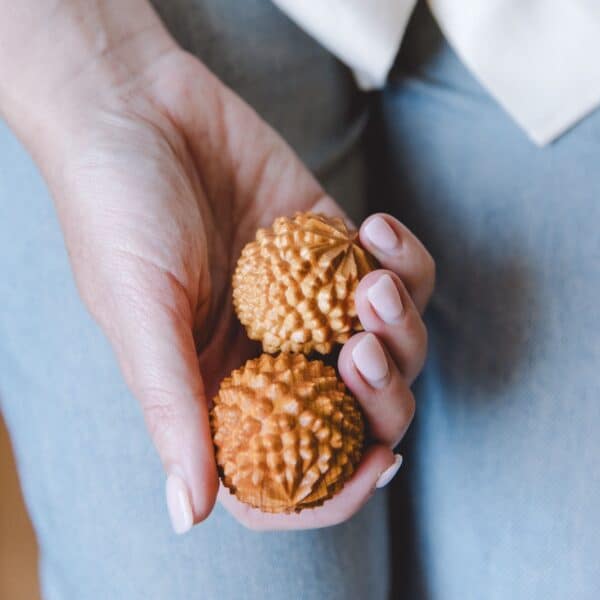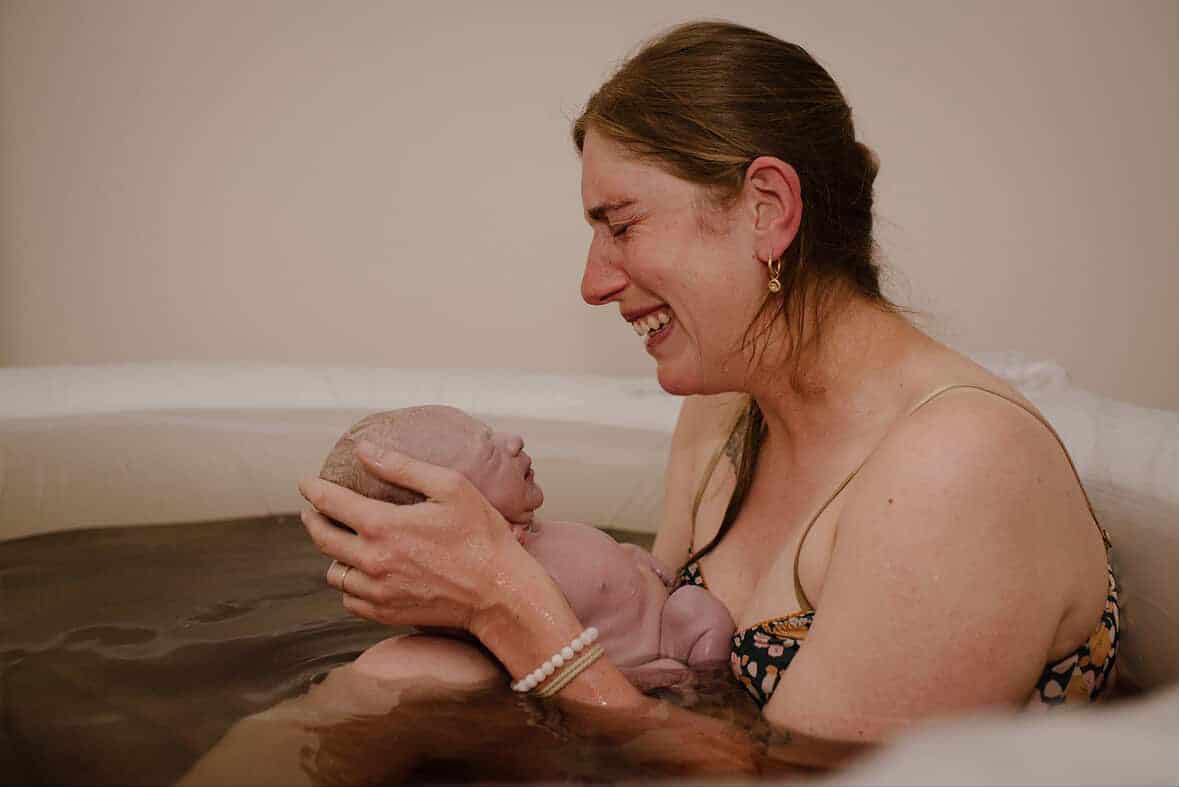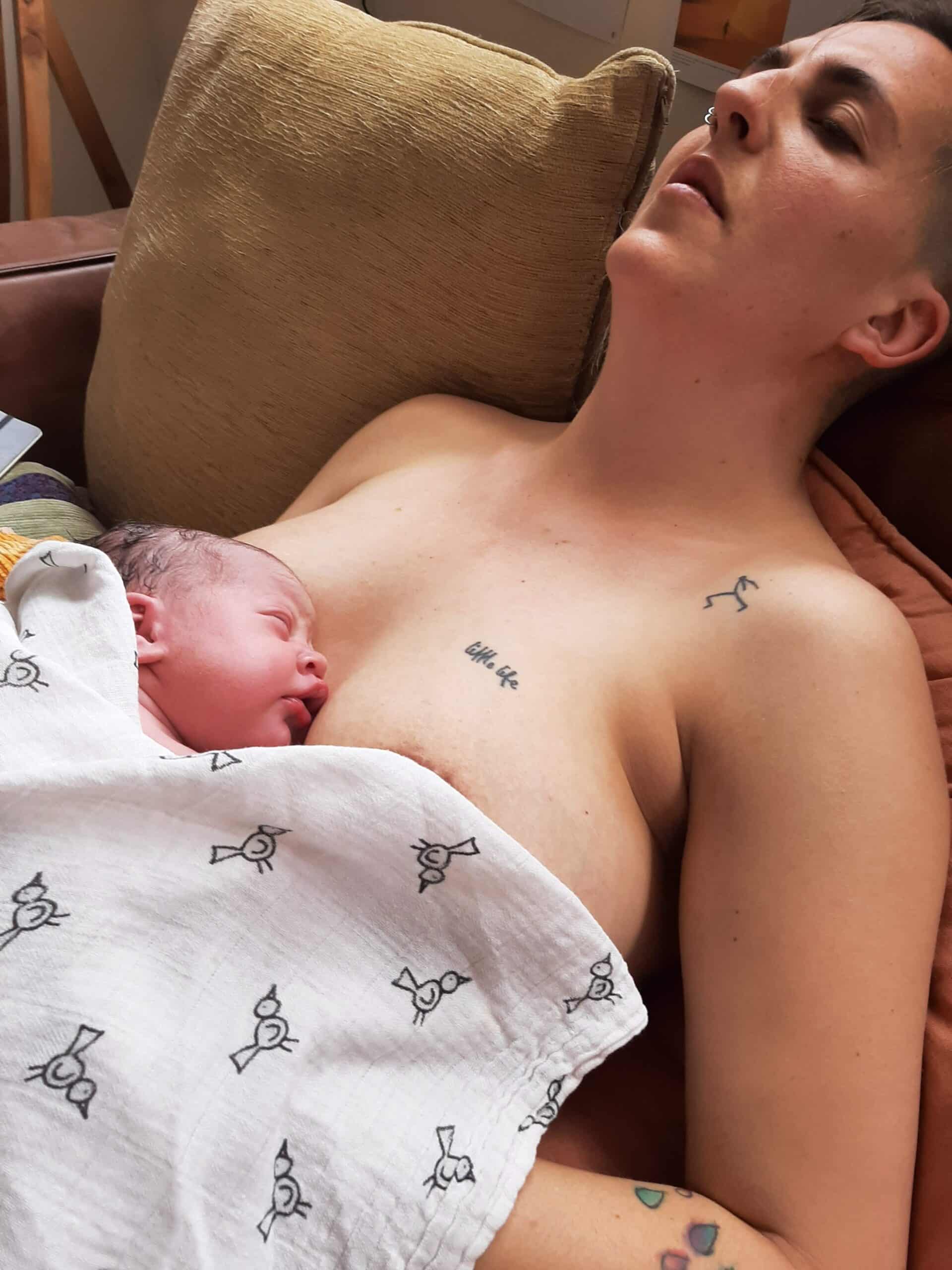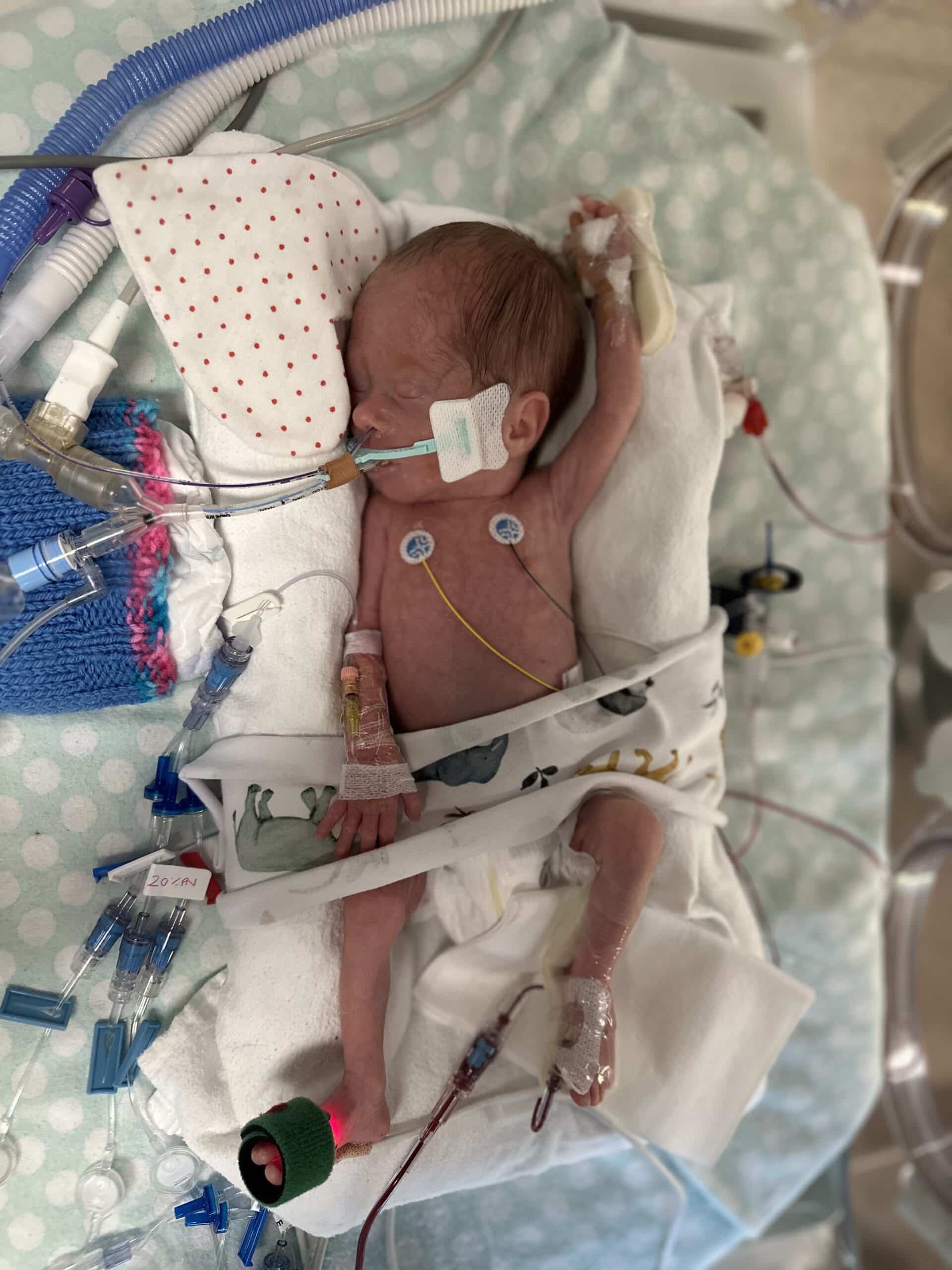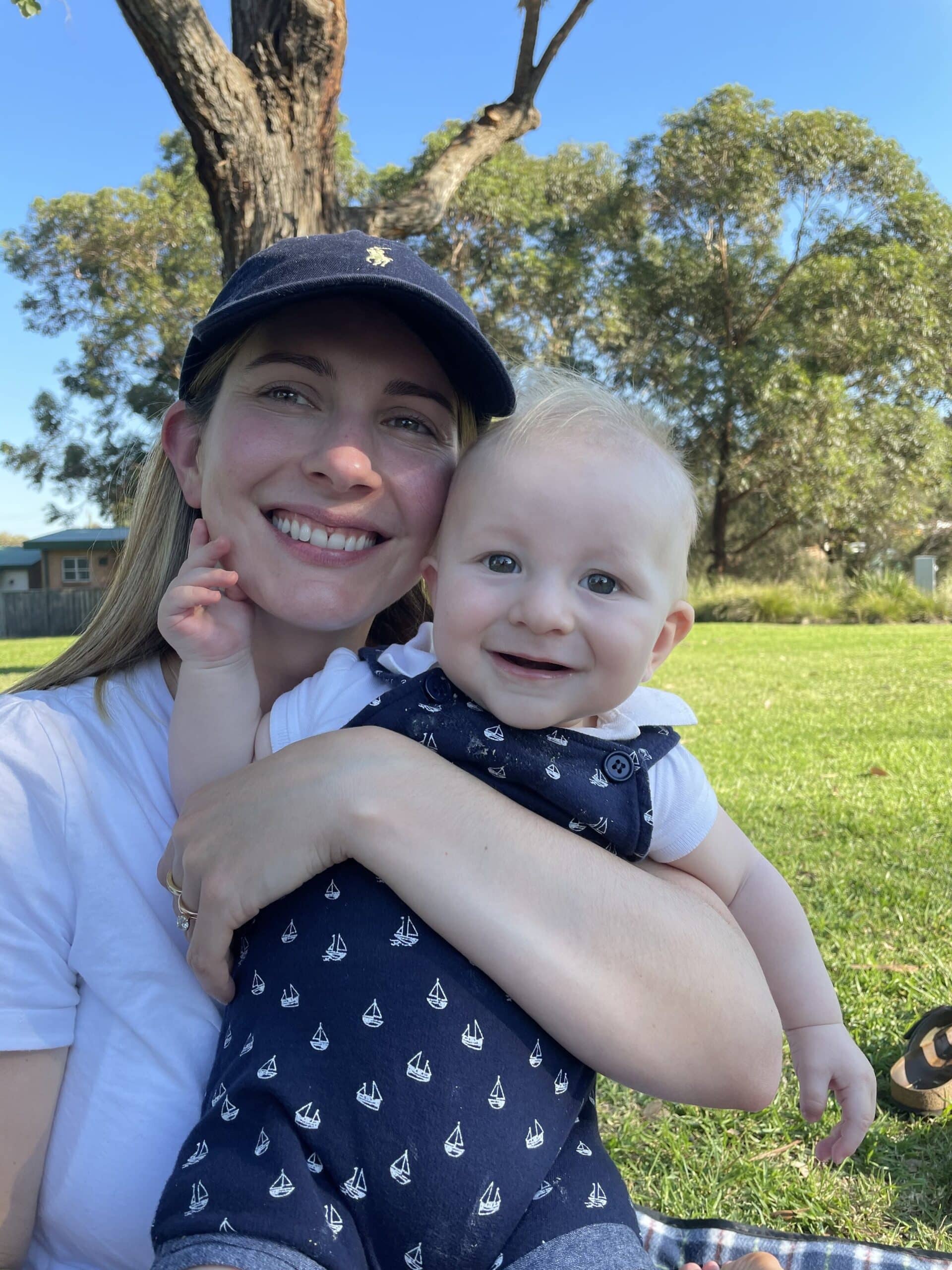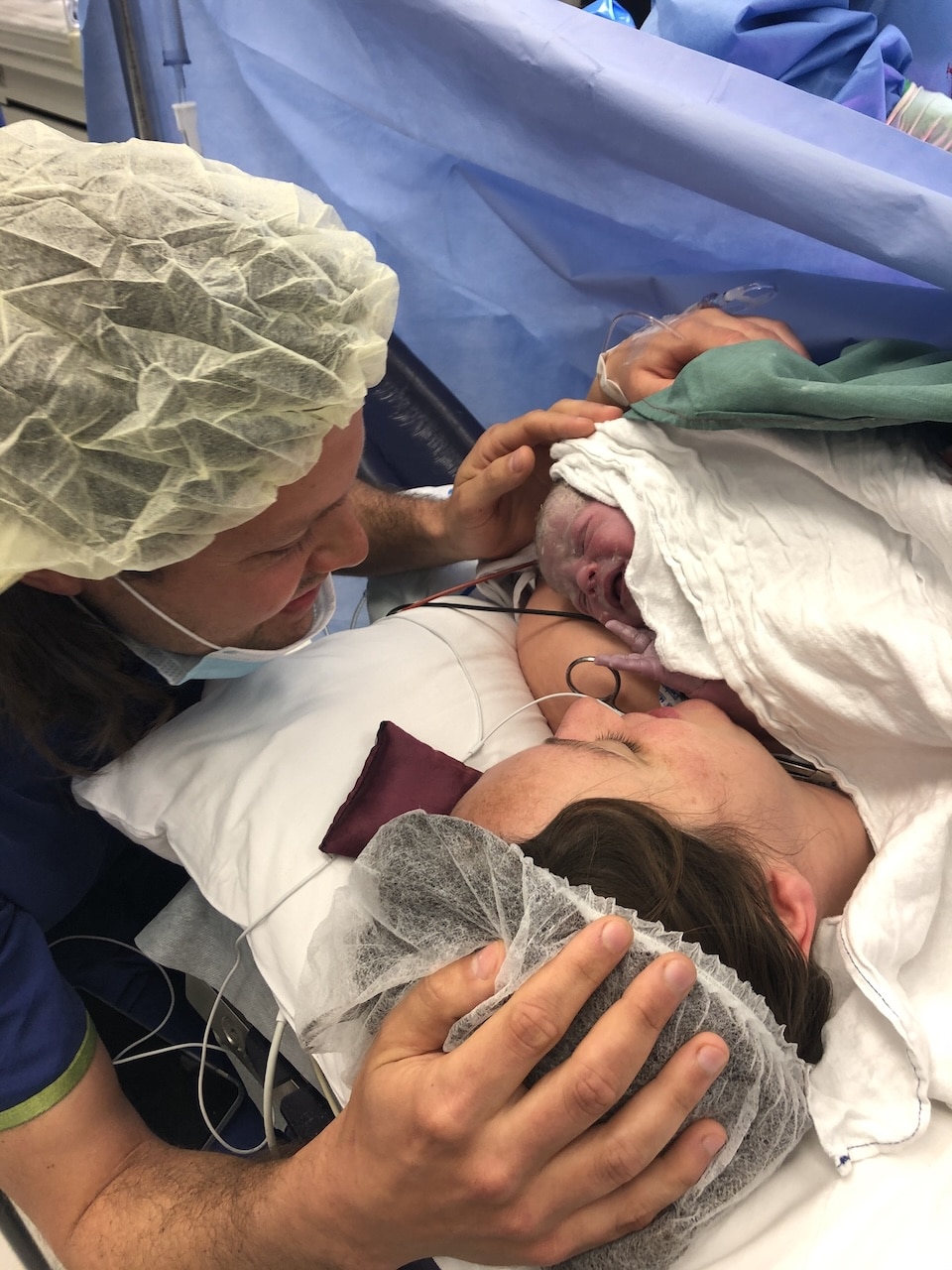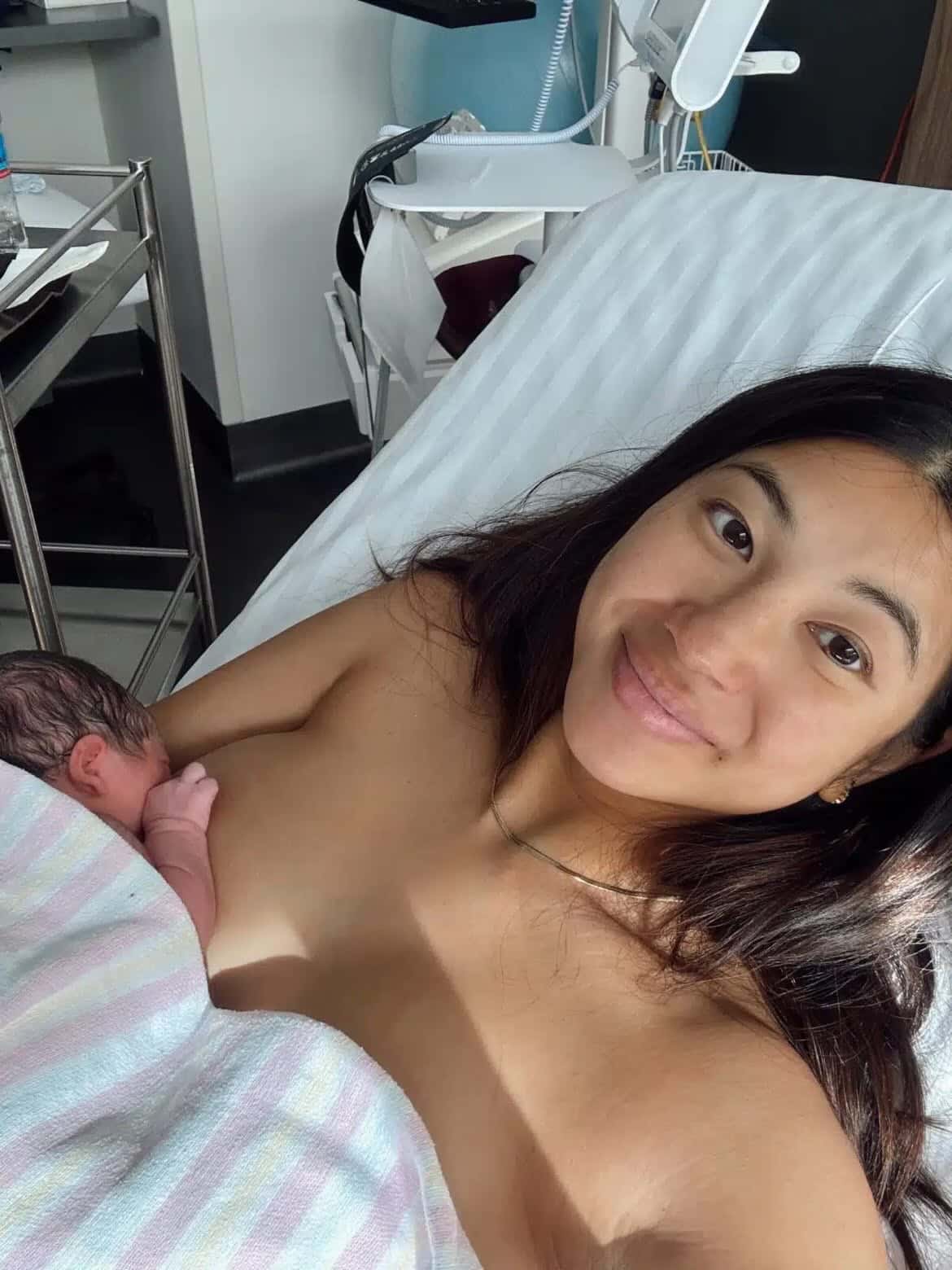Podcasts Osteopathy in pregnancy, pain management, pelvic girdle pain, postpartum care and more
EPISODE 575
Osteopathy in pregnancy, pain management, pelvic girdle pain, postpartum care and more

This episode serves as an essential guide for expectant mothers, doulas, and midwives seeking to understand the most common musculoskeletal complaints during pregnancy and the fourth trimester. Daniela breaks down complex conditions like pelvic girdle pain, round ligament pain, carpal tunnel syndrome, and “lightning crotch” into accessible explanations whilst emphasising the importance of seeking professional help rather than simply “putting up with” pregnancy-related discomfort.
The Osteopathic Approach to Pregnancy Care
Daniela explains how osteopaths differ from other manual therapists: “Our philosophy and focus is that the body is a unit and that you can’t treat things in isolation. So even though you might be going to see an osteo because you might have strained a muscle in your neck, don’t be surprised if they look at the way that you’re walking or talk about what shoes you’re wearing or the pillow that you sleep with, or your nutrition exercise.”
As a registered primary healthcare practitioner with five years of university training, Daniela emphasises that osteopaths can be seen without GP referral and take a holistic approach to treating the whole person, not just isolated symptoms.
Pelvic Girdle Pain: The Most Common Presentation
“Pelvic girdle pain is unfortunately still poorly researched and poorly understood,” Daniela explains. She uses the analogy of headaches to illustrate the complexity: just as headaches can have various causes (sinus, hormonal, tension), pelvic girdle pain is an umbrella term covering different specific conditions like sacroiliac joint dysfunction or pubic symphysis dysfunction.
The peak time for pelvic girdle pain presentations is typically 18-23 weeks of pregnancy, though it can begin as early as nine weeks due to hormonal changes. “We know that relaxin, combined with oestrogen and progesterone, will start to soften and change the structure of the collagen and the ligaments that support these joints.”
Early Prevention Strategies
Rather than waiting for pain to develop, Daniela advocates for proactive care from the first trimester: “We want to care for that fourth trimester, that postpartum – let’s start that in the first trimester.” She recommends simple modifications like:
- Side-lying sleep with pillows between knees and ankles
- Getting out of bed by rolling to your side first
- Exiting cars with knees together rather than one leg at a time
- Sitting down to put on underwear
- Regular Pilates or preferred physical activity with modifications as needed
When to Seek Help
“Go and see someone. Definitely go and see someone,” Daniela states emphatically when asked about persistent pain. She addresses the common dismissal pregnant women face: “Unfortunately we know this when it comes to gender bias, when women will go to see their GP… you may go and you’re told you’re pregnant, you’re in pain. Like just deal with it, put up with it.”
The key warning signs requiring immediate attention include:
- Persistent pain not relieved by rest or paracetamol
- Pain associated with decreased foetal movement
- Vaginal bleeding
- Fever
- Vomiting or diarrhoea
Round Ligament Pain and Lightning Crotch
Daniela distinguishes between these commonly confused conditions. Round ligament pain occurs as the ligaments supporting the growing uterus stretch, causing sharp pain through the abdomen and groin. “It can feel like sometimes like an elastic band that’s been pulled.”
Lightning crotch, conversely, typically occurs in the third trimester: “You’ve got that pressure of baby descending on the cervix and the tissues around it, and the nerves around there. You’ll get this shot of pain quite central in the pubic symphysis that can then radiate up into the vagina… it can happen and thankfully tends to be short-lived.”
Carpal Tunnel Syndrome in Pregnancy
“It’s probably the second most common thing that I will see outside of pelvic girdle pain,” Daniela notes. The condition occurs when increased fluid retention puts pressure on the median nerve in the wrist. Symptoms include numbness, tingling, pain through fingers, and loss of grip strength.
Treatment involves lymphatic drainage, splinting, and addressing the whole kinetic chain: “We’re not just treating your wrist, you’ll be getting treatment elsewhere through your whole body… working through thoracic outlet, shoulder, neck, thoracic posture.”
The Fourth Trimester Reality
Daniela challenges the myth that all pregnancy-related issues resolve after birth: “For some people, especially like things like lightning crotch or pubic dysfunction, if it was because of the pressure of the baby, those conditions can dramatically improve postpartum… But unfortunately for others, that persistent pelvic girdle pain can exist in that postpartum period.”
She explains that musculoskeletal healing often takes a backseat to other physiological demands: “The physiological demands of breastfeeding and healing… musculoskeletal health tends to be at the bottom of the list of all the other jobs that the body needs to do.”
Continuum: Compression Wear with Purpose
Drawing from her clinical experience, Daniela co-founded Continuum to address the gap in effective pregnancy and postpartum support wear. “We’ve made clothes with purpose,” she explains. The range includes graduated compression to improve circulation and proprioceptive panels along the lower spine to support pelvic stability.
“We heard so many stories… of why we wanted to make these the way that we have and the point of difference that we’ve brought to them and the feedback that we’ve had has been fantastic.”
The Diagnostic Challenge
One of the most frustrating aspects for women experiencing persistent postpartum pain is the lack of definitive diagnostic tests. “There’s no one gold standard test to test for pelvic girdle pain,” Daniela explains. When scans and blood tests return normal results, women often feel dismissed: “They’re told that there’s quote unquote nothing there… they may not then go and see an osteo or physio or chiro.”
Advocating for Specialised Postpartum Care
Daniela is working with Osteopathy Australia to develop advanced practice recognition for pregnancy and postpartum care. She advocates for systematic postpartum musculoskeletal check-ups, similar to maternal child health nurse visits for babies.
“When it comes to postpartum musculoskeletal health, there’s really not [a specialty]… these people are left with just finding out themselves. Can they go and see an osteo, physio, or they don’t do anything. And that’s what we want to change.”
The Mind-Body Connection
Daniela shares a powerful example of how birth trauma can manifest physically: “I just put my hands just on the iliac crest of the front of her pelvis and she just started hyperventilating… ‘I’m feeling like I’m back in the birth.'” This experience taught her the importance of the mind-body connection in treatment.
Postpartum is Forever
When asked about the concept that “postpartum is forever,” Daniela agrees but with nuance: “Once postpartum, always postpartum, but not necessarily all the negatives of postpartum… You are forever changed, but it doesn’t necessarily need to be a negative change.”
She notes seeing women whose pregnancy-related conditions return during perimenopause, highlighting the long-term impact of hormonal changes on musculoskeletal health.
This episode serves as an invaluable resource for understanding pregnancy-related musculoskeletal health, emphasising that pain is not an inevitable part of pregnancy and that effective, holistic treatment options are available for those who seek them.
If you’d like to connect with Daniela you can find her at Bulleen Osteo and her brand Continuall Wear

Episode Sponsor
Today’s sponsor – iL Tutto iL Tutto design nursery furniture that’s as stylish as it is supportive. Their Trend Collection has already given parents the award-winning Frankie and Louie Nursery Chairs in our signature teddy-fleece. And now, we’re so excited to welcome Louie in Corduroy — a brand new textured fabric available in three colours: Taupe, Green Olive, and Coconut. Corduroy brings a modern, tactile finish to the nursery, while Louie delivers the comfort parents love — with plush cushioning, smooth gliding, and thoughtful design for every feed, cuddle, and nap-time story.
To celebrate, we’re giving Australian Birth Stories listeners an exclusive discount:
Use the code BIRTHSTORIES20 at checkout to receive 20% off your iL Tutto order, but hurry — this offer ends 12th October 2025. Shop the collection now at iltutto.com.au
Categories
Related Products
-
Birth Orbs: Your Powerful Pain Management Allies
$29.95When you squeeze these spiky beauties during contractions, your brain focuses on the pressure in your hands instead of what’s happening down below.
Join the conversation
Sign up to get the latest updates, freebies, podcast releases straight into your inbox
@AustralianBirthStories
Follow along with us
@AustralianBirthStories
Follow along with us
@AustralianBirthStories
Follow along with us
@AustralianBirthStories
Follow along with us
@AustralianBirthStories
Follow along with us
@AustralianBirthStories
Follow along with us
@AustralianBirthStories
Follow along with us
@AustralianBirthStories
Follow along with us
@AustralianBirthStories
Follow along with us
@AustralianBirthStories
Follow along with us
@AustralianBirthStories
Follow along with us
@AustralianBirthStories
Follow along with us
